WATER IN MYTHOLOGY
keywords: abyss, chaos, cosmogony, flood and cataclysm,
The origins of myths all around the world concerning the creation of our planet and our solar system have the same concept: the earth was created by a big explosion in the abyss (chaos). Life was born from the dust and the water.Sumerians and Mesopotamian mythology texts manifest the “primeval waters” of Apsu and Tiamat from which the gods are born.
The ancient Egypt cosmogony testifies that gods come into existence from the primeval waters of Nun. When the earth emerged then the first deity appeared taking the form of a bird: a falcon or a heron and brought the life on to the earth.
In the Bible at the beginning of Genesis was described the creation of our world
1 . In the beginning God created the heaven and the earth.
2. And the earth was without form, and void; and darkness was upon the face of the deep. And the Spirit of God moved upon the face of the waters.
1. (interactive game- milky way) Picture: The formation of planets.
According to Greek Mythology, Abyss and Material existed before the Gods. From them, there are Uranus, Gaia. From Uranus (in greek it means sky) and Gaia (in greek = earth) there was the first generation of Uranides born, the Titans and the Titanides. The, there were the Cyclops born, who were similar to gods, they were different by having one circular eye in the mid of the forehead. From Uranides ‘ third generation the Giants were born
The Oceαnus, was the eldest son of Uranus and Gaia and he ruled the element of water on earth. He mated Tethys the youngest of the Titanides, who was the personification of the sea water. From Ocean and Tethys came Oceanides (3000 of them) and the Gorgons.
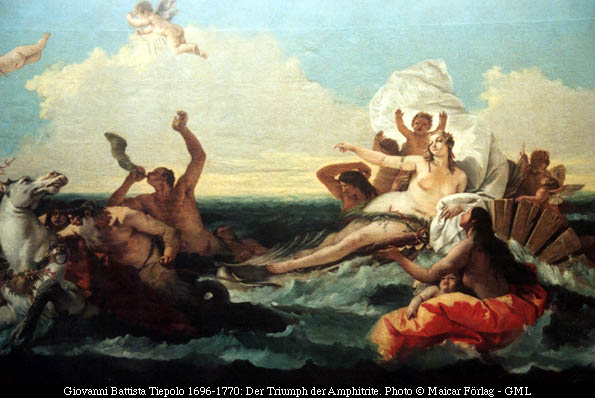
ACTIVITY:
-
Collect information of the myths of your country concerning the creation of the universe and write a text .
Flood - cataclysm
Several great floods are suspected to have occurred, usually as a result of the last Ice Age ending. Sea levels have changed significantly since late Paleolithic time, and shore lines are migrated. These floods could cover a very flat land over a long time as the sea rises, and sometimes fast enough to be easily noticed in a humans lifetime. The rising sea could enter an enclosed basin or fill vast basins in matters of weeks or months, in catastrophes that are imaginable in today’s world. These events may have sparked the flood myths found in many cultures.
In Greek mythology the flood myth is narrated in the myth of Deukalion and Pirra
ATLANTIS
Plato’s in the dialogues of Timaeus and Critias referred to an unknown land called Atlantis, which has destroyed by catastrophic events, probably a cataclysm, over 11,000 years ago around 9,000 B.C.. It was populated by a noble and powerful race and according to Plato, it was located either in the middle to the Atlantic ocean somewhere outside the Pillar of Hercules, now known as the strait of Gibralter or on the greek island of Thera (Santorini)
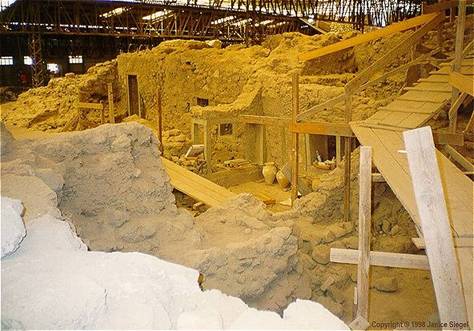
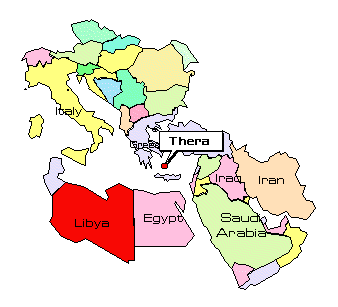
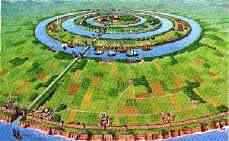
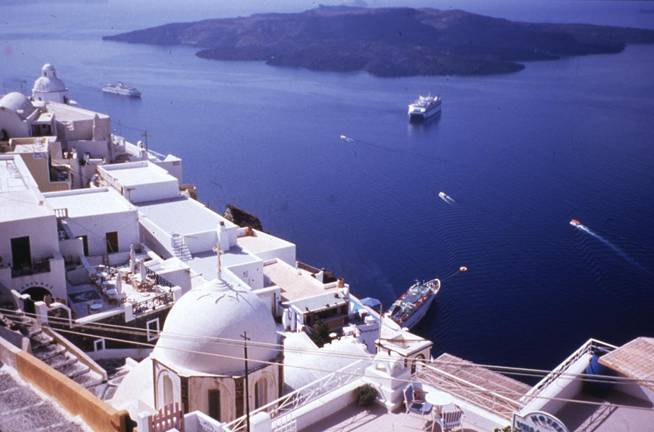
Thera view of the volcano
ACTIVITY:
-
What do you think about Atlantis? Was a reality or a myth?
THE ANCIENT SITE OF OROPOS
The ancient city of Oropos has been inhabited since the protogeometric period until the roman times. During the excavations held by the archeologist professor Mazarakis, there have been found many interesting buildings and findings dated back in the end of the 8th century and the beginning of the 7th century B.C.
Among them, there are metal workshops as well as ovens with ash relics and various tools.
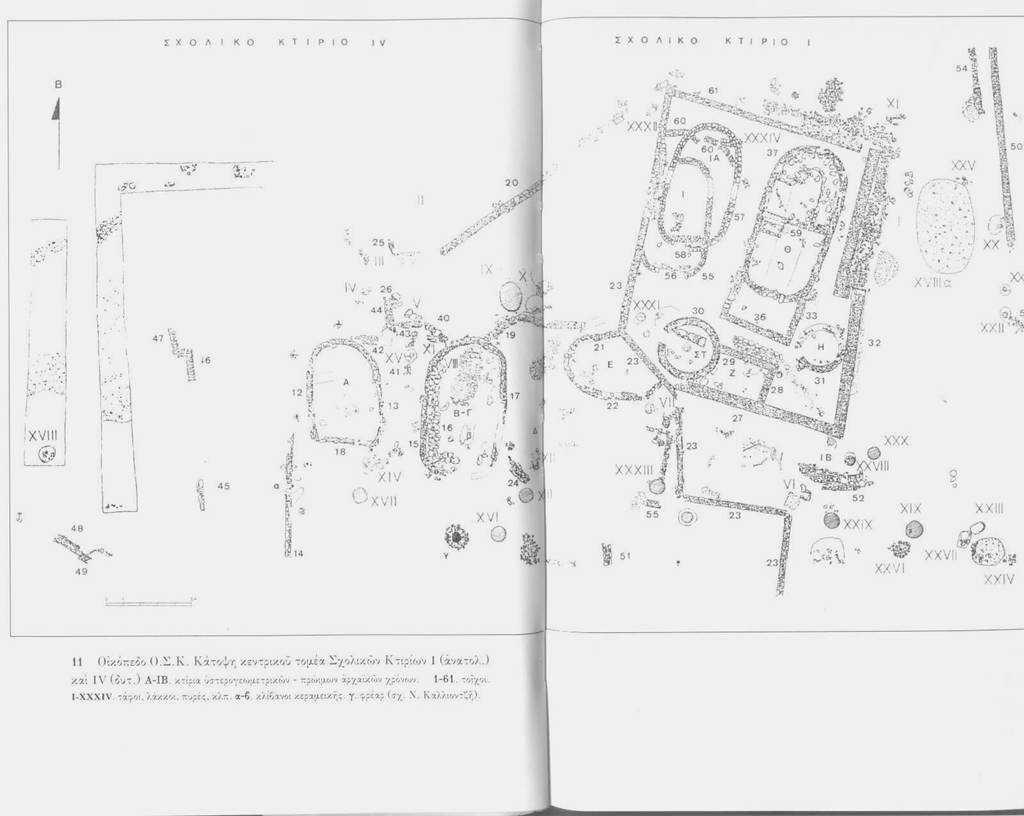
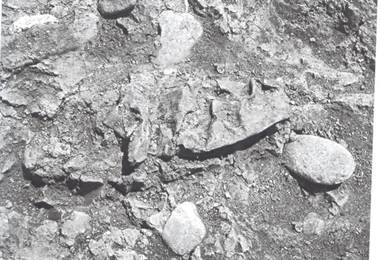
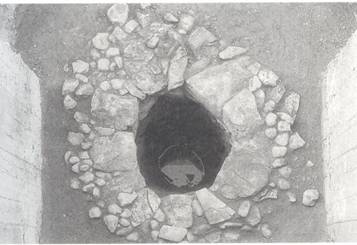
The floor of the buildings known as from Homer as “Oikoi” was found to be covered with clay so as to be waterproof. Threshold’s level was somehow higher so that the buildings could be protected by rain waters and by the overflow of the local torrent
Due to the floods the inhabitants were forced to settle westwards. The construction of the houses along the ancient road of the archaic period is a typical one . The buildings had high walls around them and some entrances were found to be closed with stones so to be protected from the rains and mud.
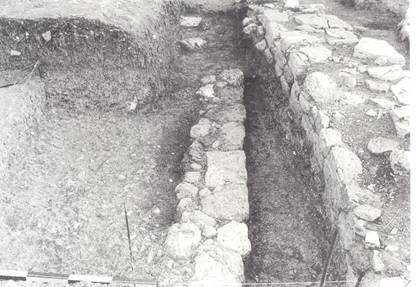
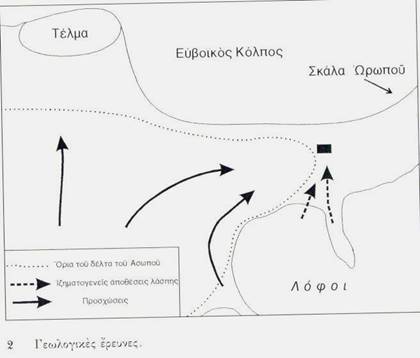
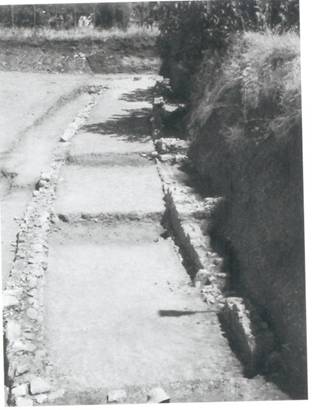
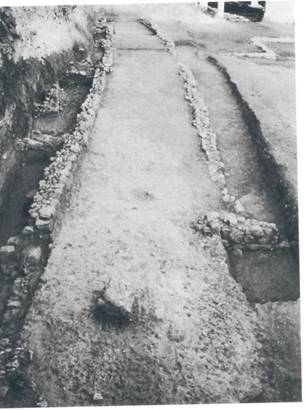
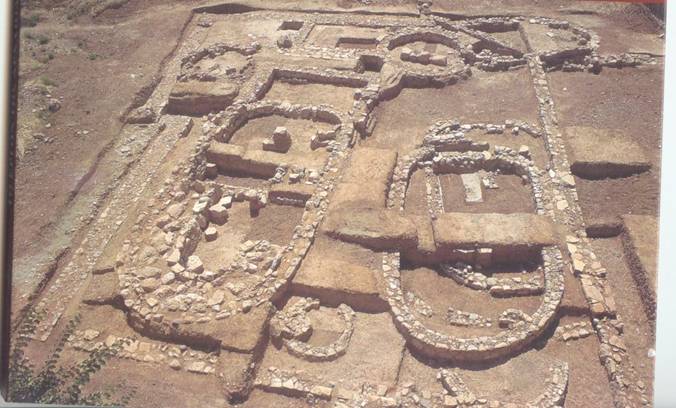
From all above, we come to the conclusion that this small town would probably be the renounced in Homer’s Iliad “GRAIA”. The big square building which was found in town, supposed to be a military tower, where the soldiers used to send optical messages over a long distance. All these various findings prove that belonged to the people of Eretria, who took part in battles too.
The people of Oropos probably participated with the people of the island Evia to the foundation of the city of Kimi near Naples of Italy, as well as the city of Pithikouses opposite to the island of Aenavia (today known as Ischia).
From these particular inhabitants of Graia gave the local people of Campania and Latio the name Gra(c)i = people lived in Graia to the Greeks and so we became known to the west (Mazarakis,1977).
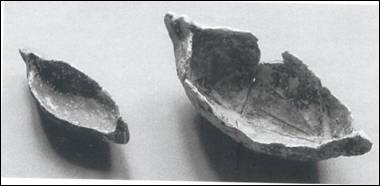
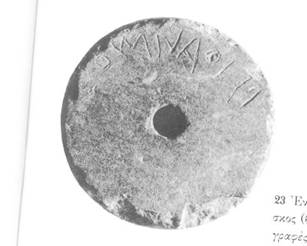
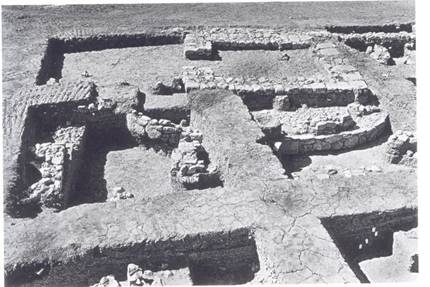
BIBLIOGRAPHY:
Mazarakis, A. (1977, 1999, 2000,2001, 2004) “ Tο έργον της αρχαιολογικής εταιρείας» Athens.
Summary - student: Despoina Alexandrou
Technical assistant - student: Savvas Kyratzis
ACTIVITY:
3. Use the link and find information for the ancient Greek alphabet, the pronunciation, the Grammar.
THE WATER IN THE RELIGION
The water has in the ancient Greek cult a healing power and next to the fountains are built famous sanctuaries as the Ampheareon, which was dedicated to the priest and doctor Amphearaos. Its ancient site is located in Vlastos not far away from Oropos and flourish at the 5th -4th century B.C.
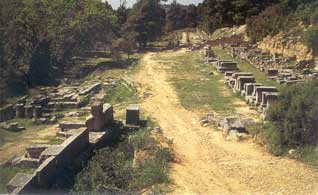

The patients after were cured by the water of the cure spring, threw a golden or a silver coin in it, to thank the God.
Delphi
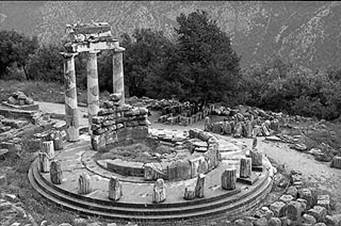
Castalia spring
At the Castalian Spring in the ravine of the Phaedriades at Delphi(Delphi: An ancient Greek city on the slopes of Mount Parnassus; site of the Temple of Apollo) , all comers to Delphi especially suppliants who came to consult stopped to wash their hair. Two fountains fed by the sacred spring survive. The archaic (early 6th century BCE) fountain house has a marble-lined basin surrounded by benches. There is also a Hellenistic or Roman fountain with niches hollowed in the rock to receive votive gifts.
The Castalian Spring predates all of classical Delphi: the archaic guardian of the spring was the serpent or dragon Python (Python: Large Old World boas) , killed by Apollo in its lair beside the spring.
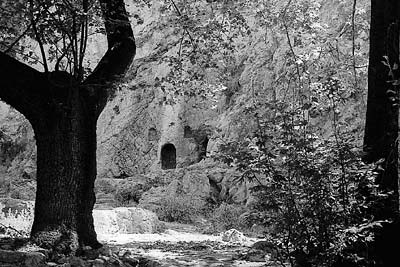
ACTIVITY
4.a Search information for baptism in the christianity and add your text to the page.
4.b CROSSWORD
This multimedia educational material was created by the teachers: Georganti Katerina teacher of literature and Kapsalas Nikolaos teacher of mathematics at the 2nd Gymnasium of Skala Oropou Greece in association with the students of the school.

